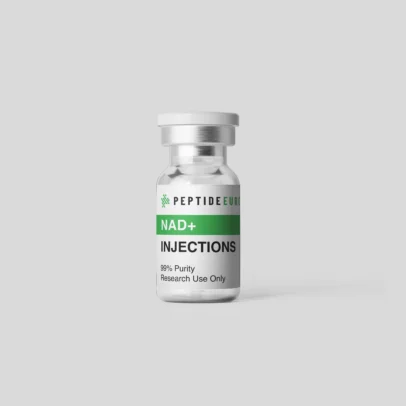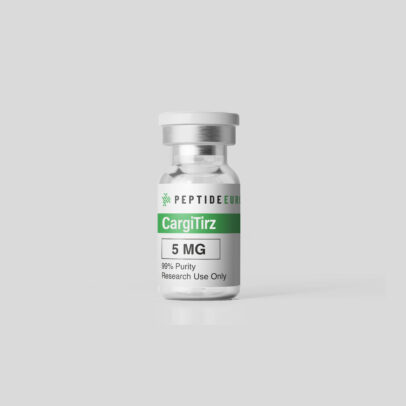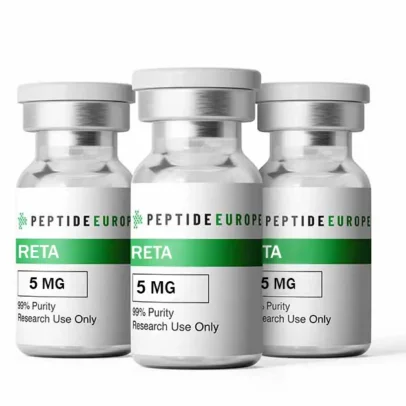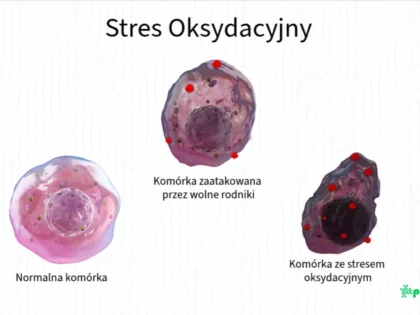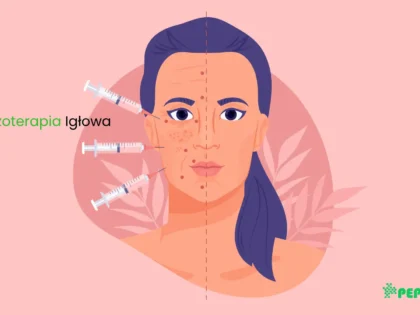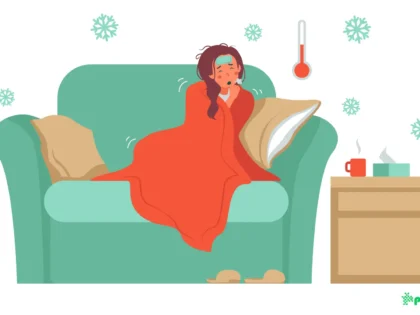Red Spots on the Skin – What Do They Mean and When Should You Worry?
-
PepEurope
- Posted on
- 0 comments
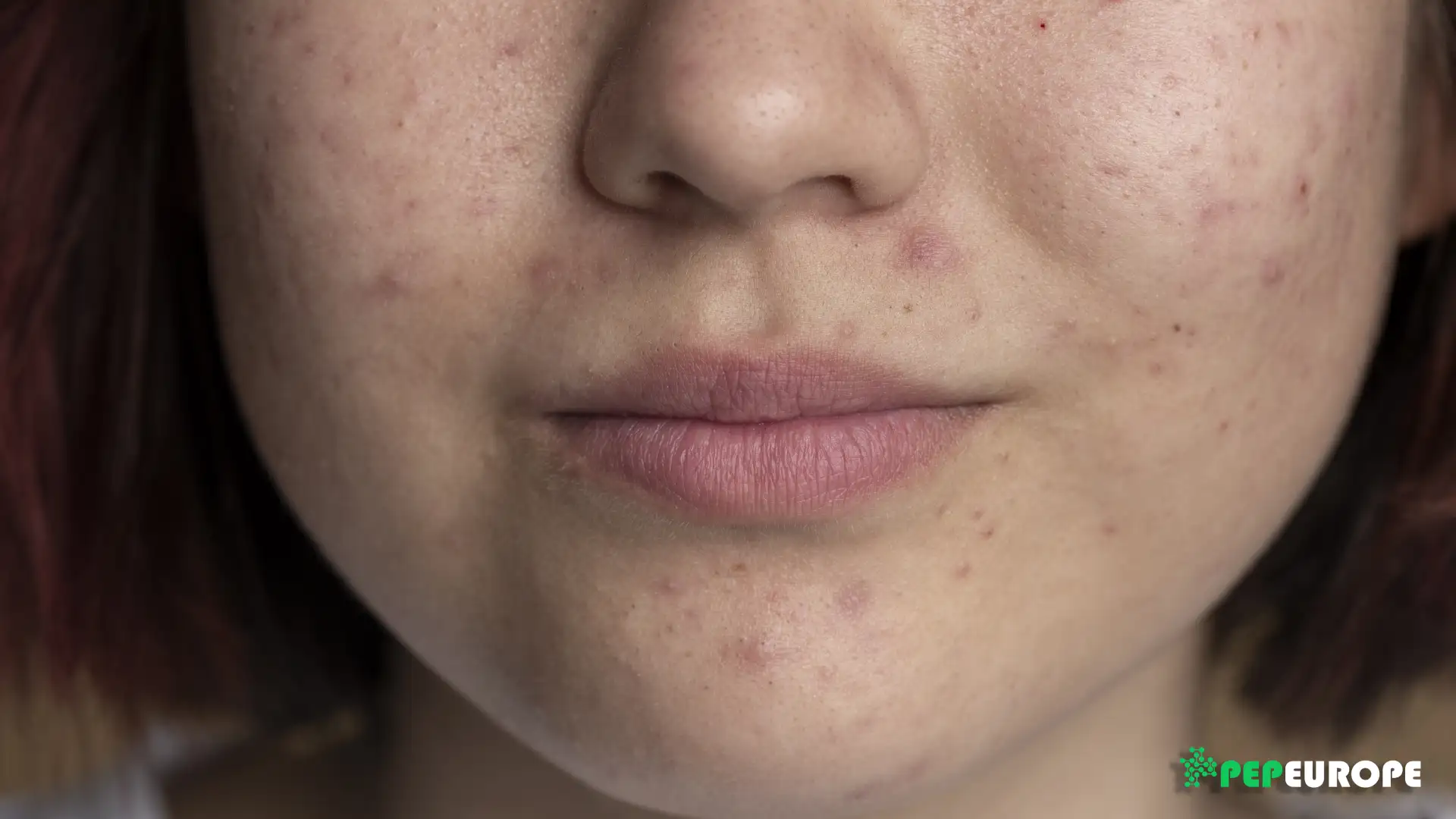
Red spots on the skin can appear suddenly or develop gradually. Sometimes they are a harmless consequence of allergies, and sometimes they can signal more serious health problems. Regardless of the cause, their presence is a cause for concern, especially if they are accompanied by itching, burning, or changes in the skin's texture.
In this article, we’ll look at the possible causes of red spots on your skin, when you should see a doctor, and how to deal with them on a daily basis.
Common causes of red spots on the skin
There are many reasons why red spots may appear on the skin. Here are the most common ones:
- Skin allergies – contact with an allergen (e.g. cosmetics, washing powder, latex) can cause hives or other skin changes. The spots are often itchy and can spread.
- Eczema (atopic dermatitis) – a chronic inflammatory skin disease that is exacerbated by stress, cold, or contact with allergens. Red spots often appear on the face, neck, hands, and elbows.
- Psoriasis – an autoimmune disorder in which skin cells multiply too quickly. The patches are usually red, scaly, and can be painful.
- Fever and viral infections – some infections, especially in children (e.g. rubella, measles), manifest as a rash of red dots. Such spots usually disappear with the remission of the disease.
- Insect bites – A mosquito, midge or tick bite can cause red, itchy spots. They can sometimes be painful or swollen.
- Blood vessel problems – minor bruising or broken capillaries may lead to the appearance of small red dots, especially on the legs or arms.
MONTHLY SET NAD + -> Energy and Vitality Boost
Allergic reactions and skin diseases
Red spots on the skin are very often the result of a reaction allergic. Contact with cosmetics, detergents, jewellery, latex or some fabrics can cause hives or dermatitis, which manifests as itchy, red lesions. An equally common cause is atopic dermatitis, which affects both children and adults and manifests itself as dryness, itching and cracked patches. Psoriasis is another autoimmune disease, characterized by red, scaly lesions most often on the elbows, knees and scalp. Red spots can also be the result of rosacea, a chronic skin disease of the face, which is accompanied by erythema, lumps and visible capillaries, especially in people over 30.
Other common causes – infections, insects and medications
Other causes of red spots include viral infections such as measles, rubella or mononucleosis, which often appear in children and are associated with fever and poor health. Equally often, spots are the result of insect bites from mosquitoes, midges or spiders, which cause local redness, swelling and itching. Some people notice red petechiae or spider veins, which may result from circulatory problems, high blood pressure or weakened blood vessels. It is also worth paying attention to medications - red spots may be a reaction to antibiotics, anti-inflammatory, anti-epileptic or hormonal drugs. Any sudden skin change after starting pharmacological therapy should be consulted with a doctor.
MONTHLY SET NAD + -> Energy and Vitality Boost
When should we be concerned about red spots?
Not every skin change requires urgent medical attention, but it is worth being vigilant. Look out for the following accompanying symptoms:
- The spots are growing, they change shape or color.
- The lesions are painful and very itchy or burning.
- They are accompanied by fever, chills, or general weakness.
- Bruises appear for no apparent reason.
- Spots do not disappear despite the use of creams or home remedies.
In such cases, it is definitely worth seeing a dermatologist or a primary care physician. Early diagnosis can help avoid more serious health complications.
How to care for skin with red spots?
Regardless of the cause, proper skin care can provide relief and aid the healing process. Here are some basic rules:
- Avoid irritating cosmetics – choose hypoallergenic products, without alcohol, artificial colors and fragrances.
- Use soothing creams – preparations with panthenol, aloe, calendula or lanolin help soothe irritation and redness.
- Moisturize your skin regularly – especially if you are prone to dryness or eczema.
- Avoid scratching – although the itching can be unbearable, scratching can worsen the skin condition and lead to infection.
- Maintain a healthy diet and hydration – your body regenerates best when you provide it with the right nutrients and drink enough water.
MONTHLY SET NAD + -> Energy and Vitality Boost
Summary
Red spots on the skin are a symptom that should not be ignored. Although they are often the result of mild ailments, such as allergies or insect bites, they can also be a sign of more serious dermatological or systemic diseases.
Observe your skin, react to changes and do not be afraid to seek help from a specialist. Remember, healthy skin is not only a matter of aesthetics, but also a signal that the body is functioning properly.



